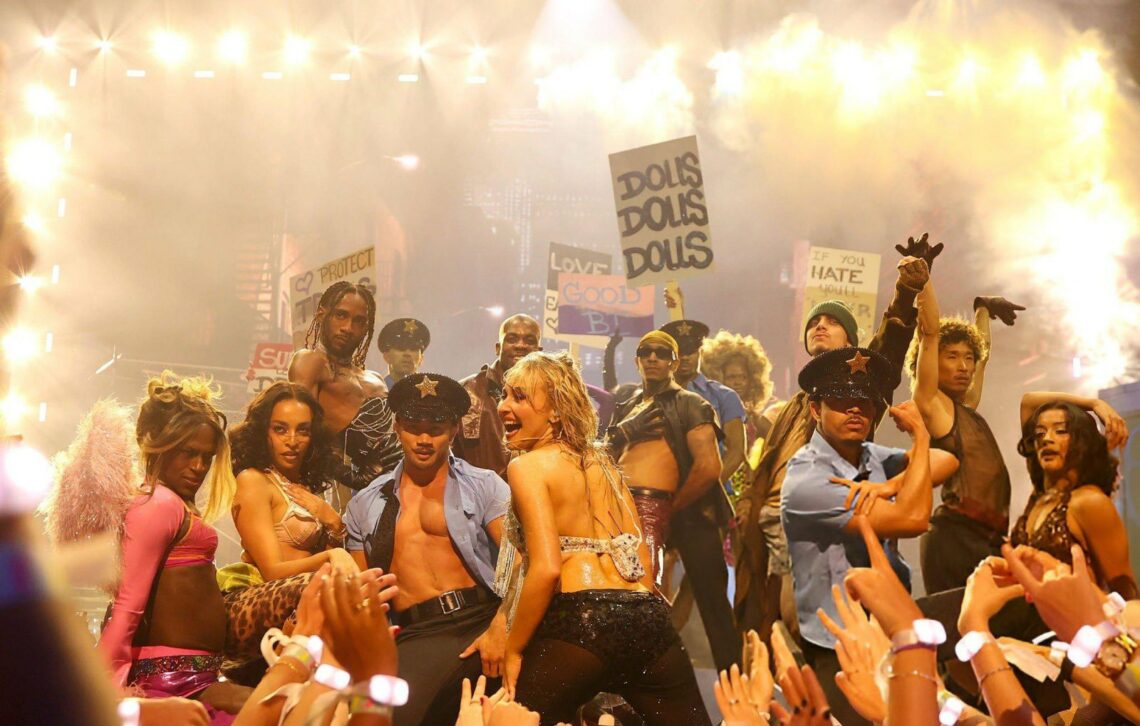“I believe that the far left is preying on the desperation of trans people in the search of cannon fodder for their revolutionary fantasies and is hurting people. We cannot afford to eschew electoralism, nor can we take peace for granted. Transsexualism as we conceive of it in America is bourgeois, the product of a society that venerates the freedom of the individual to choose. There is no designer vagina under communism, I’m sorry.”
Ari Drennen, journalist and LGBTQ+ director at Media Matters, tweeted the above on 14/10/25. There are three ways I can think of to analyse her comments: literally, politically, and charitably.
Literally, she’s incorrect: Cuba has had free trans healthcare since 2008 and the Soviet Union allowed it occasionally, including in East Germany. There are sometimes designer vaginas under communism.
Politically, it’s a bit of a mess because for most trans people there are no designer vaginas under capitalism. Most of us have to beg, borrow, steal, hook, or hustle for healthcare, and noticing that fact doesn’t mean you’ve ‘fallen prey to the far left.’ The idea that Leftists are hoodwinking the oppressed rather than the oppressed using Leftism to explain and remake their conditions paints working class trans people as being without agency.
Drennen’s conflation of individual freedom with bourgeois values is typically American, as is the implication that Americans value freedom more than other nations do. (Do people in India, Thailand, Tunisia, and Brazil not venerate individual freedom?) Similarly, “peace” is weirdly framed as something that definitely exists rather than something relative that appears against a backdrop of violence we choose not to see. (Ask Alice Litman, Sophie Williams, or Leiah Sampson-Grimbly if we’re currently in peacetime.) Finally, the call to not eschew electoralism is ahistorical when so many of us have been eschewed and spat out by it.
These political questions can be summarised thusly: when Drennen says “we,” to whom is she referring? Who is the “we” that conceives of transsexualism in a particular way, and is called to a particular model of political engagement by that conception?
It’s mean of me to put Ari on blast; she was just posting. Hence the charitable interpretation: she’s actually hit on something interesting and really important. Some public representations of transness are bourgeois, functioning to sell trans people as good neoliberal subjects. This is obvious when we look at “protect the dolls.”
Who are the dolls?
“The images that cis people get of the community, they’re images that aren’t real to the gurls who are barely making a living. It’s not real life. It’s not keeping us alive. It hasn’t slowed the murders, or the abuses.”
– Miss Major
“Are women bourgeois?”
– Disco Elysium
The slogan ‘protect the dolls’ started going viral when designer Connor Ives put it on a T-shirt during London Fashion Week in February 2025. The shirts have since been worn by Pedro Pascal, Tilda Swinton, Madonna, and various other celebrities. Profits from sales go to the nonprofit Trans Lifeline. Presumably the shirts raise Ives’ profile in ways that aren’t measurable. Ives happens to be white.
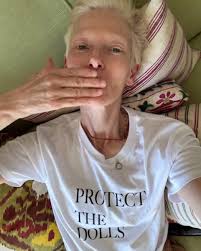

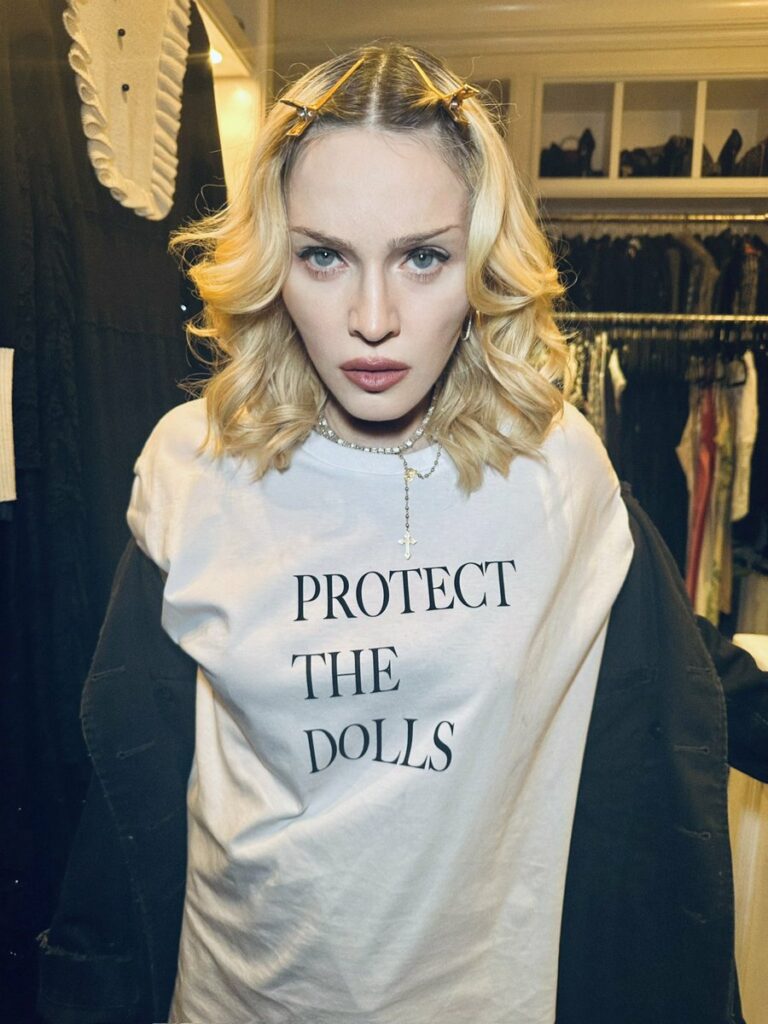
Using ‘dolls’ to refer to trans women comes from ballroom culture, which was created by black and Latino queer people in the 1960s and 1970s specifically in response to racism in the drag scene. Groups (‘houses’) were designed to be safe spaces where queer POC could not only perform but also organise to meet their material needs and resist state violence.
Leaving aside the online brainworm discussion about dolls vs bricks, ‘dolls’ apparently refers to all trans women. But I have some questions.
Is Dylan Mulvaney a doll? Certainly. Hunter Schafer, Lux Pascal, Kim Petras, Vivian Wilson, and Alex Consani? Absolutely. Laverne Cox, Indya Moore, Nava Mau, Angelica Ross, Janet Mock, and Munroe Bergdorf? Yeah!

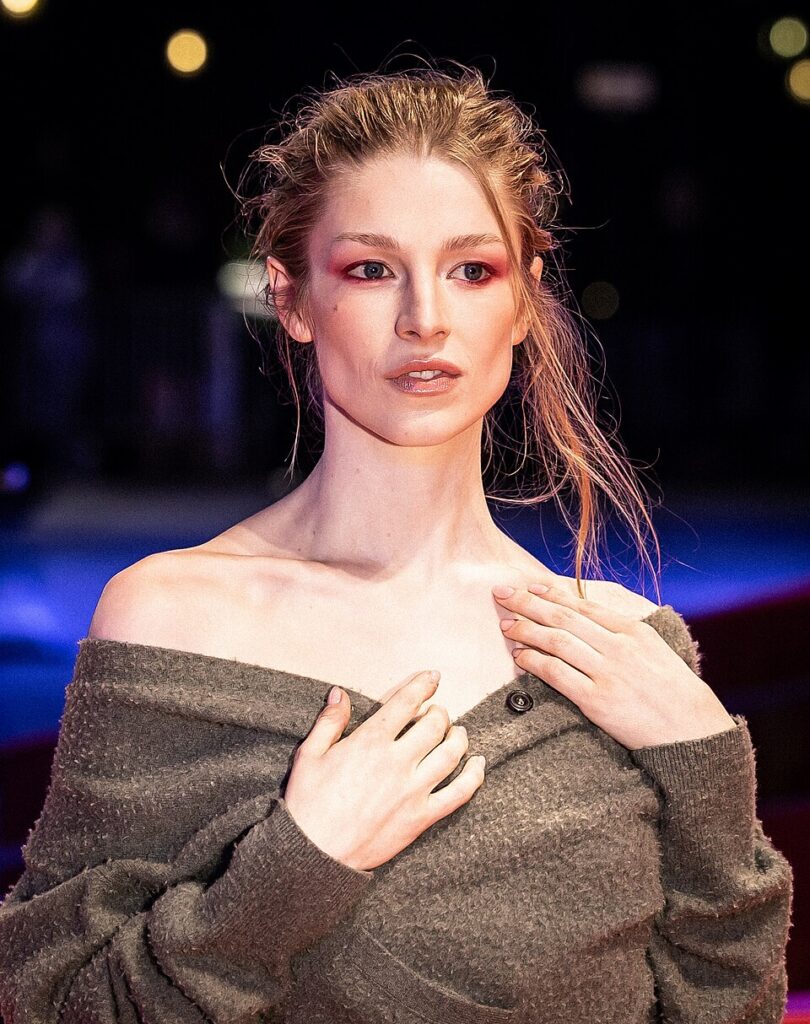




Dolls
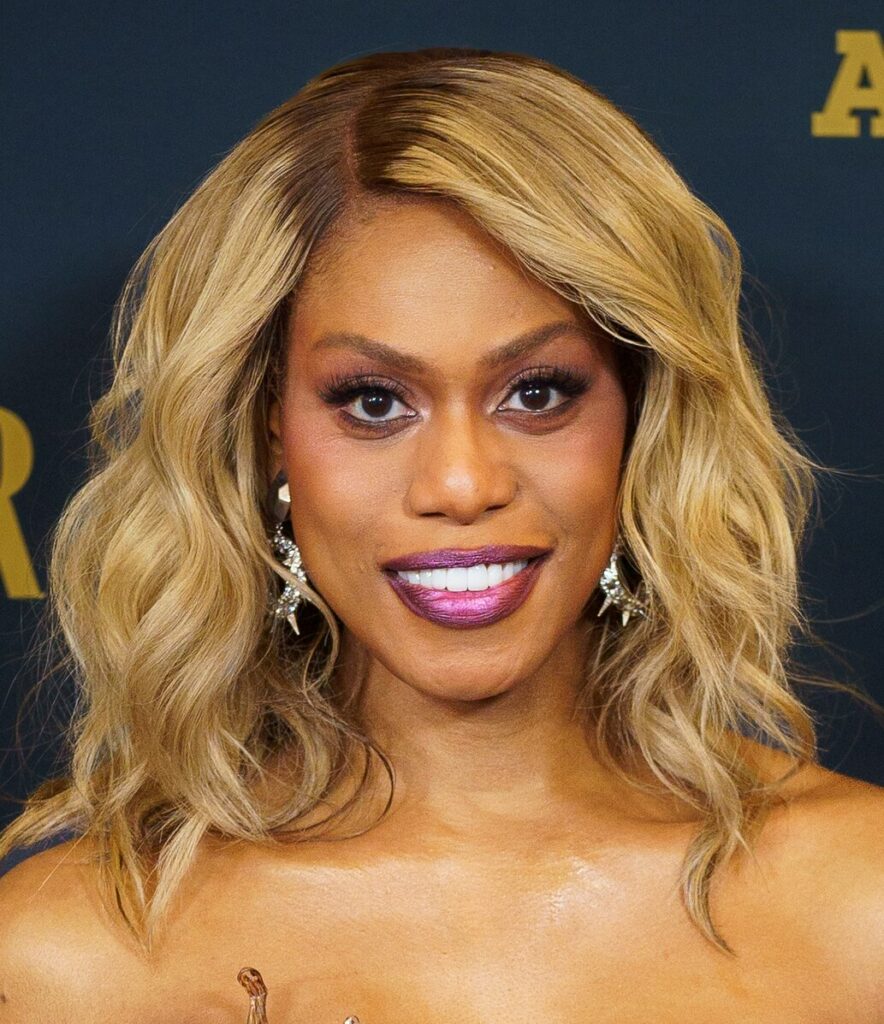
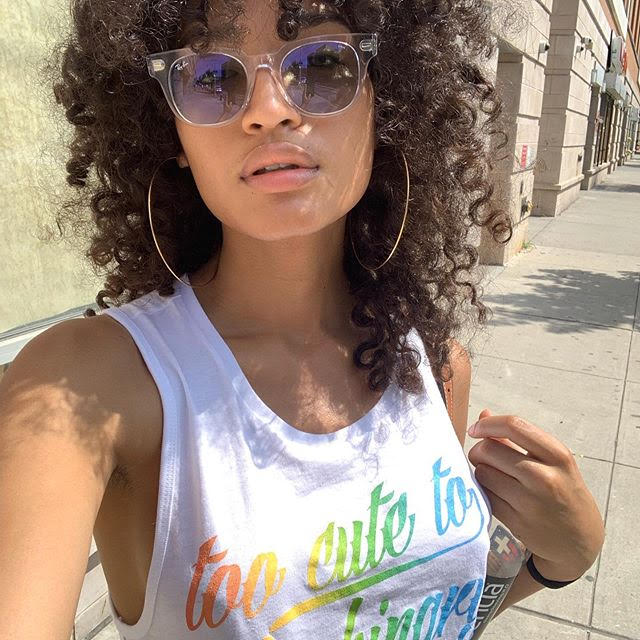

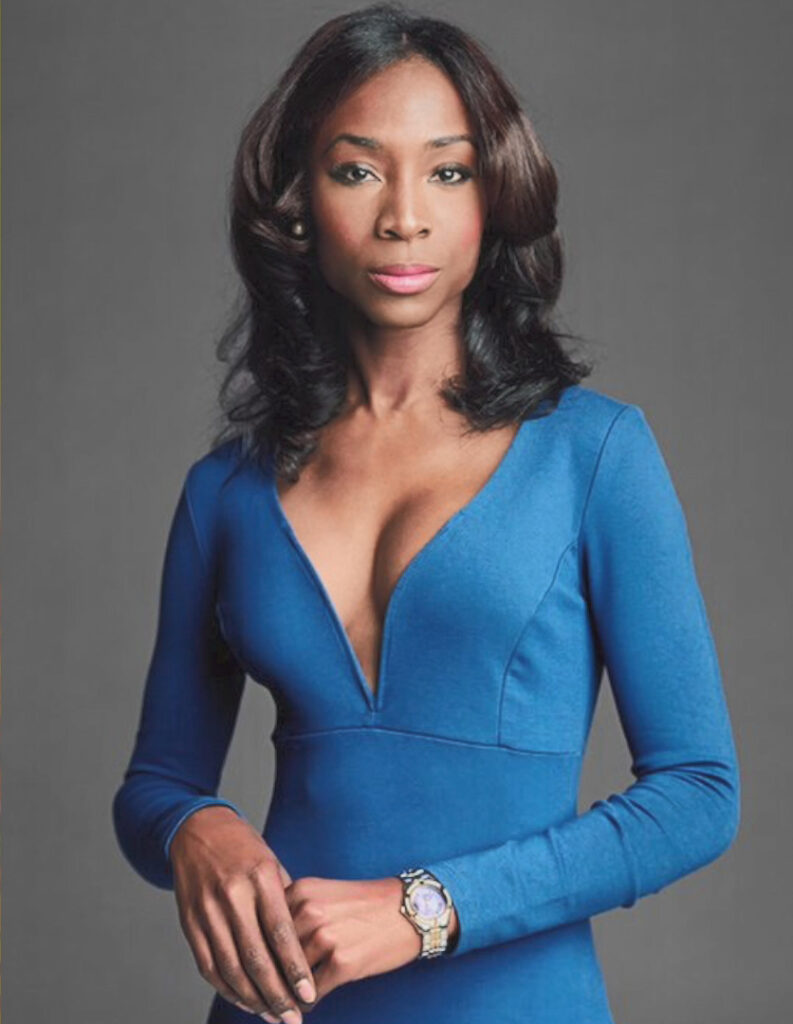
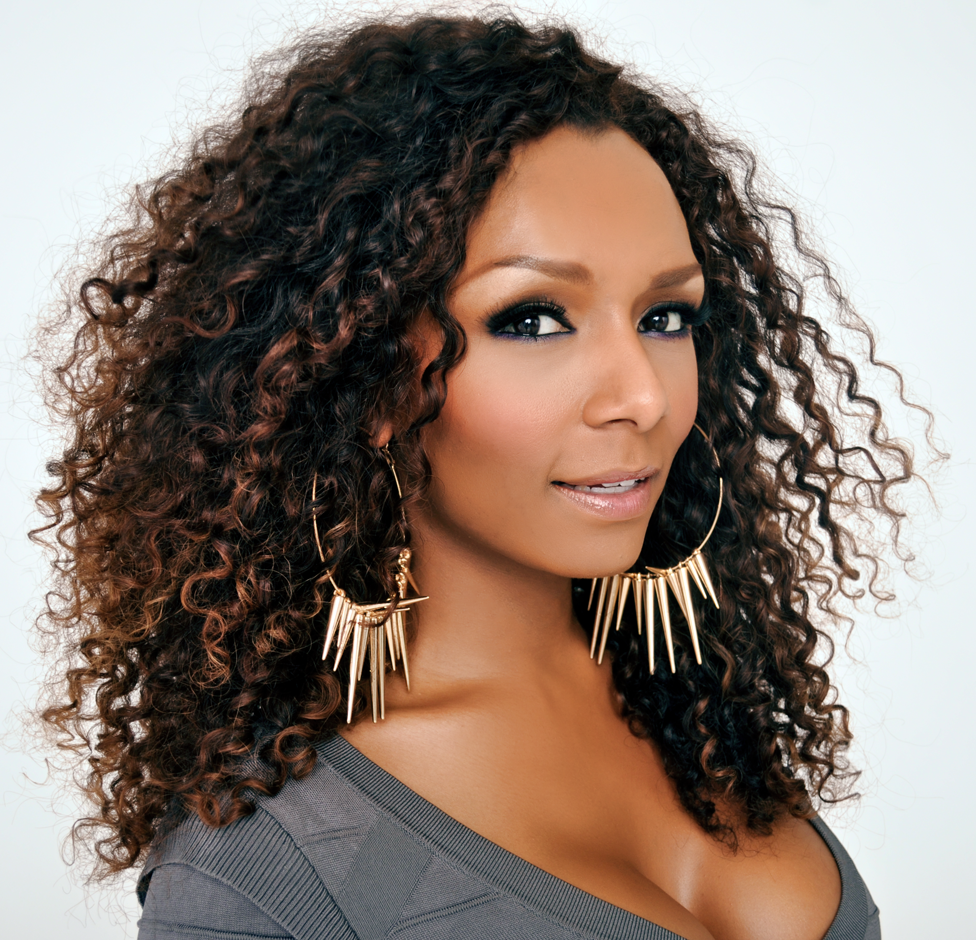
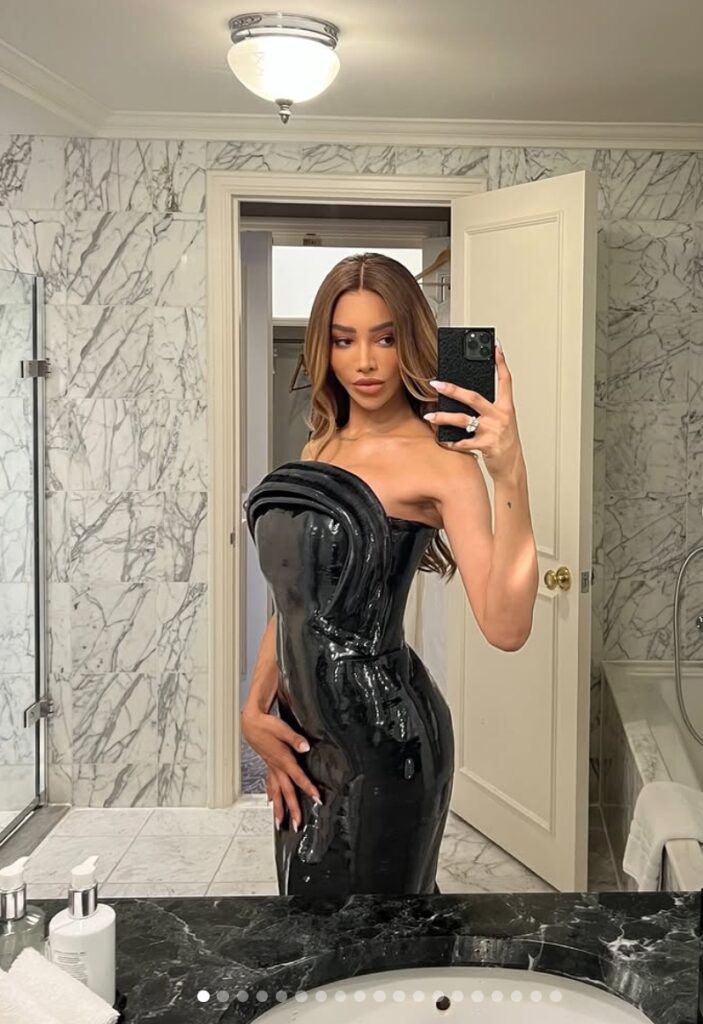
Do dolls have to be actors/models? Can they be writers like Torrey Peters, Paris Lees, Gretchen Felker-Martin, Kai Cheng Thom, Joshua Jennifer Espinoza, and Roberta Angela Dee?
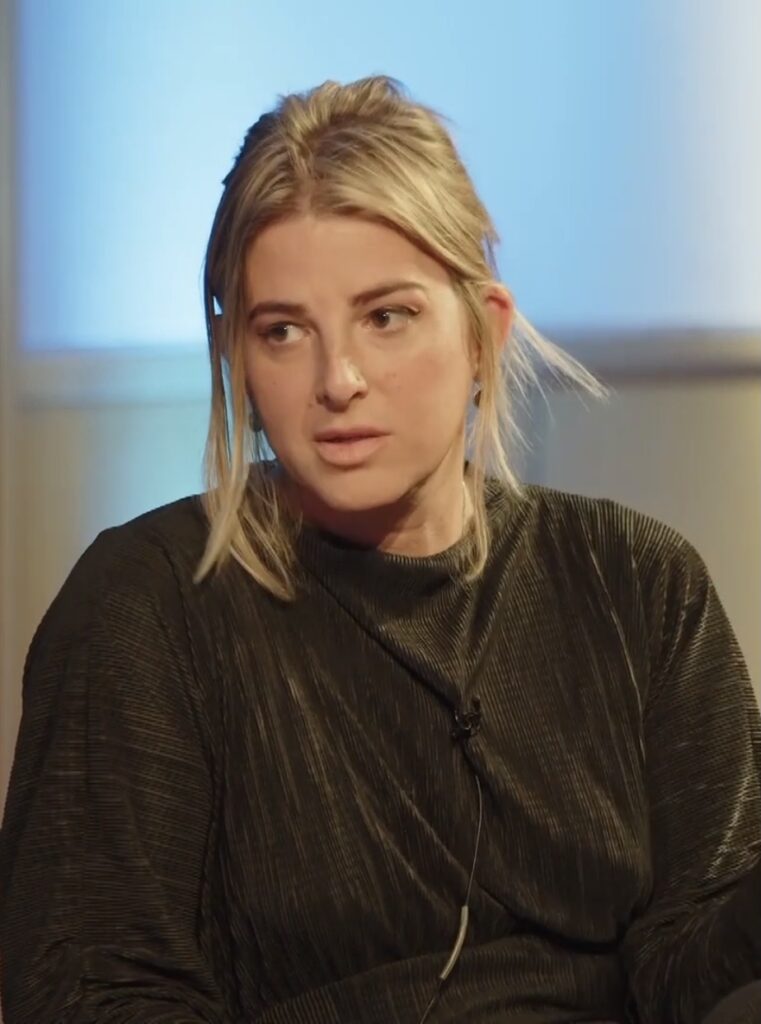

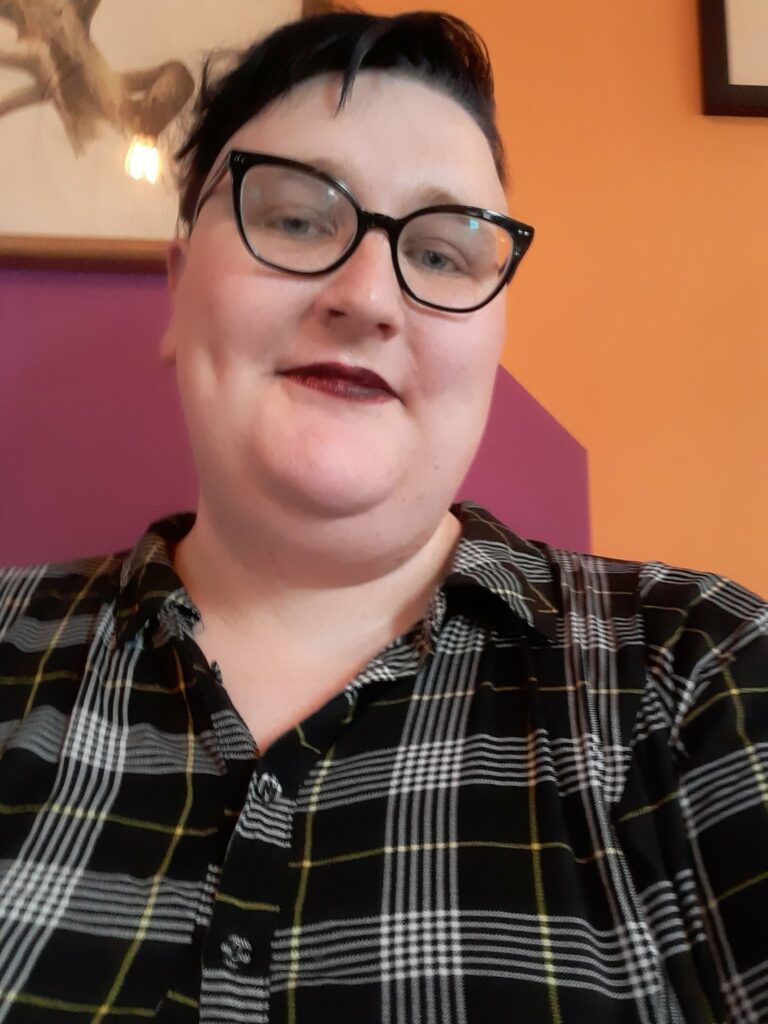


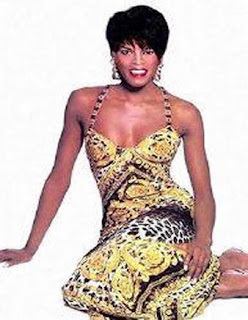
Dolls?
Do dolls even have to work in entertainment? Are Montana State Representative Zooey Zephyr and Congresswoman Sarah McBride dolls? How about molecular biologist Julia Serano and philosopher Talia Mae-Bettcher? Is pharmaceutical billionaire Jennifer Pritzker a doll? Is Victoria McCloud, who was the only trans judge in the UK until she had to resign and leave the country because of institutional transphobia, a doll?
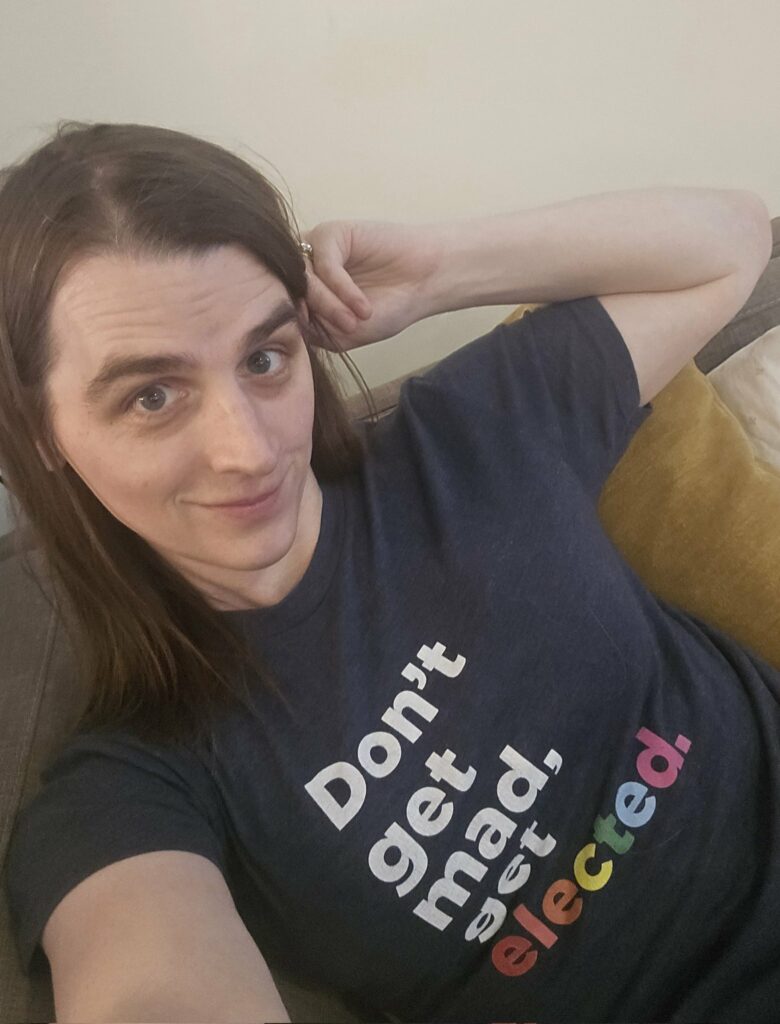


Dolls?
Here’s some headscratchers. Are stealth trans women dolls? What about closeted or detransitioned trans women? Are nonbinary people dolls, is Judith Butler a doll? We should probably answer that one urgently because Butler needs protecting from the Trump administration and UC Berkeley. Are femboys dolls, is F1nn5ter a doll? Tell me Socrates, are nonbinary people with beards and muscles dolls; are trans men ever dolls?

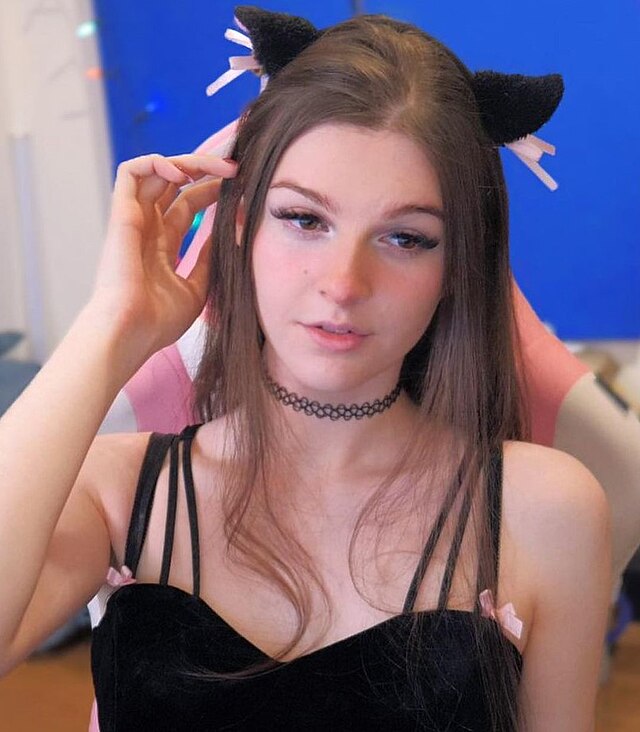
Dream blunt rotation
Are my disabled trans friends who will probably be unemployed and dependent on state benefits their entire lives dolls? They could use protection but their needs are a bit different than the others we’ve named.
Are any of the trans actresses I know who were sexually assaulted by a certain well-known Hollywood writer dolls? They could use protection too, but I’m pretty sure they wouldn’t get any if they named him publicly.
Since I brought them up earlier, were Alice Litman, Sophie Williams, or Leiah Sampson-Grimbly dolls? Were any of the other trans women and girls who died on NHS waiting lists? God knows they needed protection.
Is Chelsea Manning a doll, or is dollhood only for the uncontroversial? Are trans women drummed out of the US military dolls? Is Caitlin Jenner? Is Sarah Jane Baker – writer, activist, and convicted attempted murderer – a doll?
Is Ciara Watkin, who is currently serving a prison sentence in a men’s prison for sexual assault because she didn’t say she was trans before she gave a man a blowjob, a doll? Is Isla Bryson, currently serving a prison sentence in a men’s prison for two counts of rape, a doll? I don’t think any trans woman deserves to be imprisoned with men and forcibly detransitioned no matter what she’s done, so don’t they need protection too?
Are trans sex workers (not-famous ones) dolls? Are homeless trans women dolls? Are Palestinian trans women dolls? Were any of the black or indigenous trans women who’ve been murdered in the last few years dolls? Are hijras dolls? Are trans women imprisoned by ICE dolls? Who’s protecting them?
I’m making two points here, one of which you’ve already grasped. When many members of the cis public think of “the dolls” they’re likely to picture a celebrity who is young, skinny, able bodied, pretty, (often white), with a particular entertainment profile, and this isn’t representative of all trans people.
True, but trite. We all know that already. If that were the only problem we could fix it with more trans representation.
That is not the only problem and we cannot fix it with more – or any amount – of trans representation. My second point: dolldom is a trap.
Trans people are by and large made to live in precarity and deprivation. But while this violence is going on a handful are uplifted to a relatively more comfortable position, becoming “the dolls.” This is done on the condition that they perform transness in such a way that allows cishet people and dolls to delude themselves into believing they aren’t complicit in or benefitting from that violence. As a result the violence is made to appear natural, and so it continues.
American scholar Jasbir Puar provides an excellent analysis of this dynamic in her book The Right To Maim. She calls this process whereby a select few are held up as positive examples from a population that is generally made to live in debilitating conditions capacitation – ‘rendering capable.’ This lifting up actually reproduces the category of those below, the incapable ones who cannot or will not be integrated into respectable society. Dolls are the exception that proves the rule. The rest are “public women,” “the third sex,” “available for injury,” or – to use less academic language – Trannies.
Capacitation is value extraction: while trannies suffer, dolls are uplifted, benefitting from that suffering. The ideals of the system itself are reaffirmed in the process as its picture of the “positive example” is circulated.
This situation obviously isn’t good for the trannies, but it’s not great for the dolls either. The would-be doll is encouraged to see herself not as a person with inherent worth but a collection of assets – lips, tits, hair, wits, followers, “designer vagina” – that make her marketable. Her self-worth becomes tied to how well she cultivates these assets to serve the interests of capital, which, she may wrongly start to believe, are increasingly her own interests too.
A doll enjoys benefits like attention and improved living conditions (certainly relative to her sisters in developing countries), so maybe she starts to think, “Maybe the system’s not so bad? I’ve got my Gucci Coochie, maybe those other girls just need to hustle!” But this is false consciousness, and the doll is in a more precarious position than she might realise.
Firstly, her troubles are not over: she will still be discriminated against for her transness and her womanhood. If she is a doll of colour she does not become immune to racism.
In addition, it is crucial to capacitation that the subject is rendered just capable enough to be useful to capital but not so capable they can really change anything. The doll is a guest. She is almost never an executive producer or showrunner, never in charge. She must be capable but not too capable. She must remain disposable, and can be swiftly demoted if she starts getting ideas. Dolls V Trannies isn’t a natural typology (apologies, Blanchardists); it’s a class relation, so it can change.
When a similar dynamic plays out for cis women we call it White Feminism. (Truly, trans women are the women of trans people.) It happens for disabled people, people of colour, and every other minority too. If you want to use the language of the ‘radical left,’ the capitalists and bourgeoisie profit from the exploitation of the disenfranchised and that doesn’t change just because a few minorities join the petit bourgeois.
‘Protect the dolls’ is also an example of what scholar Olúfẹ́mi O. Táíwò calls “elite capture,” the phenomenon whereby mass movements are denuded of their radical potential while their symbols and structures are appropriated to serve the interests of elites. It’s a shame that the language of ball culture, created by people of colour to help them resist The Powers That Be, was taken by a white guy and marketed to mainly white celebrities. It’s certainly not Connor Ives’ fault, or anybody’s fault really; it’s just the celebrity capitalism machine doing what it does.
I myself am obviously implicated here: I capacitate transness even as I try to push against dominant models of doing so. In public appearances over the last few years I’ve deliberately chosen to emphasise my muscles, my action roles, and the ways I don’t fit the runway model casting many of my colleagues occupy. In writing like this and Philosophy Tube I foreground my education. I also choose to disclose my ownership of stakes in projects like Nebula, The Prince, Dracula’s Ex-Girlfriend, and Kill James Bond. I want to project an image of trans power that isn’t passive or consumable. But I can only tinker around the edges: a buff transfem body is still a capacitated one, especially on a red carpet and especially when that body is thin, abled, and white. Arguably, I’m a doll too. Unarguably, I was born into and remain in a privileged elite however much I try to be a class traitor.
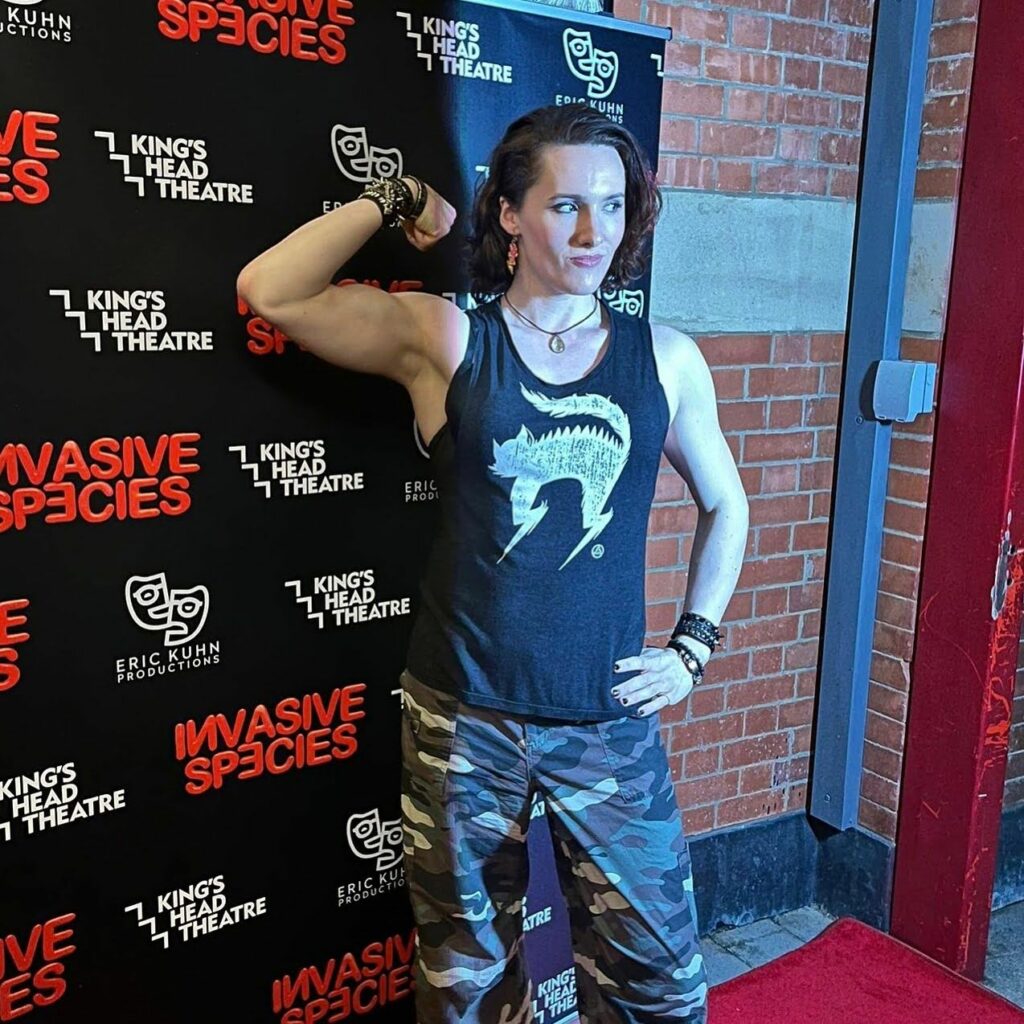

A capacitated trans body
All this is to say the goal is liberation, not celebrity. To the extent that ‘Protect the Dolls’ feeds the latter rather than the former it is an obstacle.
It’s also inadequate for our current moment. ‘Protect the dolls’ is a meme that slipped into our reality from the universe where Kamala Harris won the 2024 election and where anti-trans policies hadn’t already been part of right wing European and South American politics for over a decade. In the face of a global fascist movement seeking to exterminate transness it is insufficient to respond by insisting, “Some of us represent success under bourgeois models of personal choice and individualism!”
Bluntly, it’s Libslop. And I get it! Liberalism is fun the way VHS tapes are fun: the flaws of an obsolete tool become a nostalgic aesthetic. But it has clearly failed. If we’re being honest, it was failing in the dream-bright Obama years when the majority of trans people still suffered needless deprivation despite improvements like the Affordable Care Act. It was failing in the 1960s when trans people of colour were already being erased from the official Stonewall narrative by white cis gays. It was failing in the 1950s when Christine Jorgensen got headlines while her black trans siblings were thrown in jail. It never stopped failing for the millions of trans people in countries round the world whose wealth gets plundered to create the conditions allowing some in the West to become dolls.
The protection we need is the same protection all people need: affordable communities, proper wages, decent housing, universal healthcare, bodily autonomy with abortion and transition on demand, prison abolition, climate justice, racial justice, a fair economy, and an end to pointless bloody wars. Some may call those things ‘far left,’ but they sound like common sense to me.
Conclusions
“The figure of the feminist killjoy makes sense if we place her in the context of feminist critiques of happiness, of how happiness is used to justify social norms as social goods… This is why being a killjoy can be a knowledge project, a world-making project.”
– Sara Ahmed
Since the internet loves trans women fighting, let me explicitly say I’ve no beef with any of the people I’ve named. Some are dear friends and the ones I’ve met through the industry are lovely (especially Dylan). They aren’t doing anything sinful by succeeding. Neither is Ari, I just needed a good jumping off point for this essay and Ari, I’m sorry if it added to your stress. Like you, I hate the public shaming of trans women in this world that gives us no grace; I’ve seen the best minds of my generation destroyed by posting.
I’m not saying people shouldn’t wear the shirts either, they’re good shirts! I’d rather people buy one than a MAGA hat or a Harry Potter hoodie. Fuck it, buy two! It’ll annoy weirdos like Suzanne Moore and Fiona McAnena. I’m trying to ‘Yes And’ here.
“Protect the dolls” is a meme that presents a sympathetic trans face to the public at a time when trans people are under attack. That’s a good thing to do. Yes! And.
It matters who is included and what kind of protection we call for. Putting “Protect the Dolls” on a shirt does something different than “Protect Trans Kids” or “Transition On Demand” or the entire text of the communist manifesto. It contributes to the capacitation and celeb-ification of transness. But I don’t just want a world in which there are more trans celebrities, even if I get to be one. I want a world in which trans people – all trans people – are safe and free.
“Queer and trans people are taught by the world to settle for far too little.”
– Ari Drennen
Thank you to Talia Bhatt for feedback on an early draft of this article.
